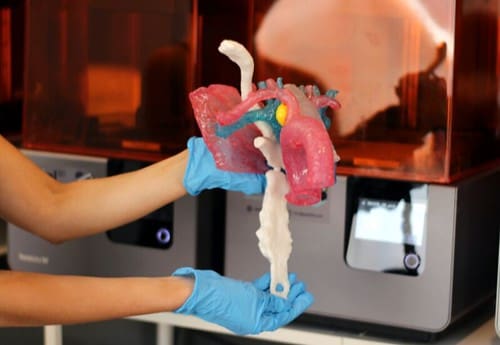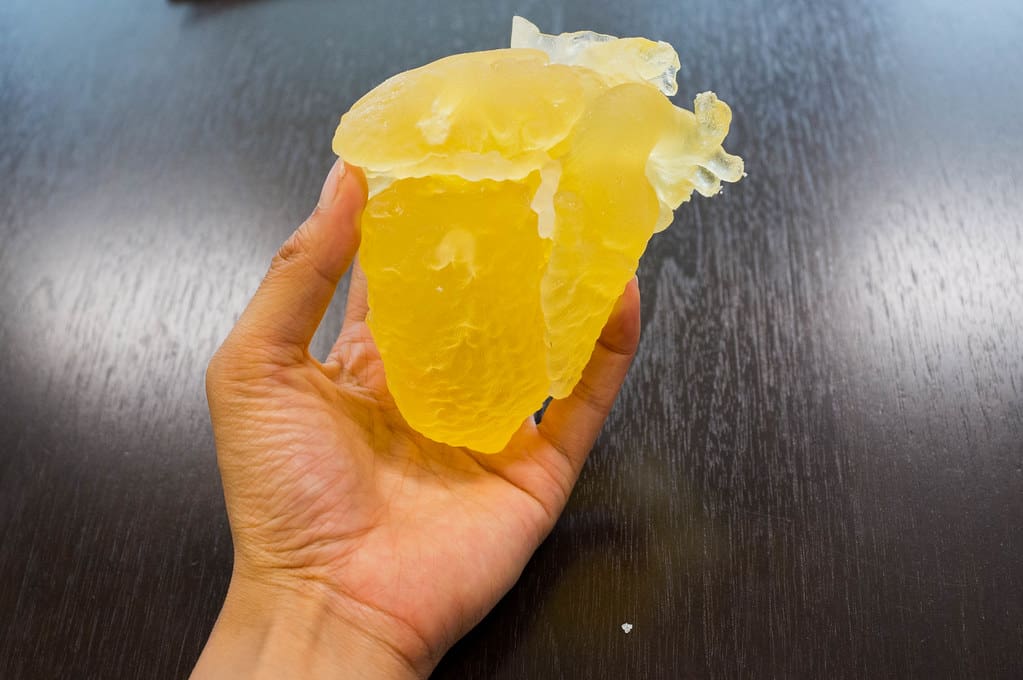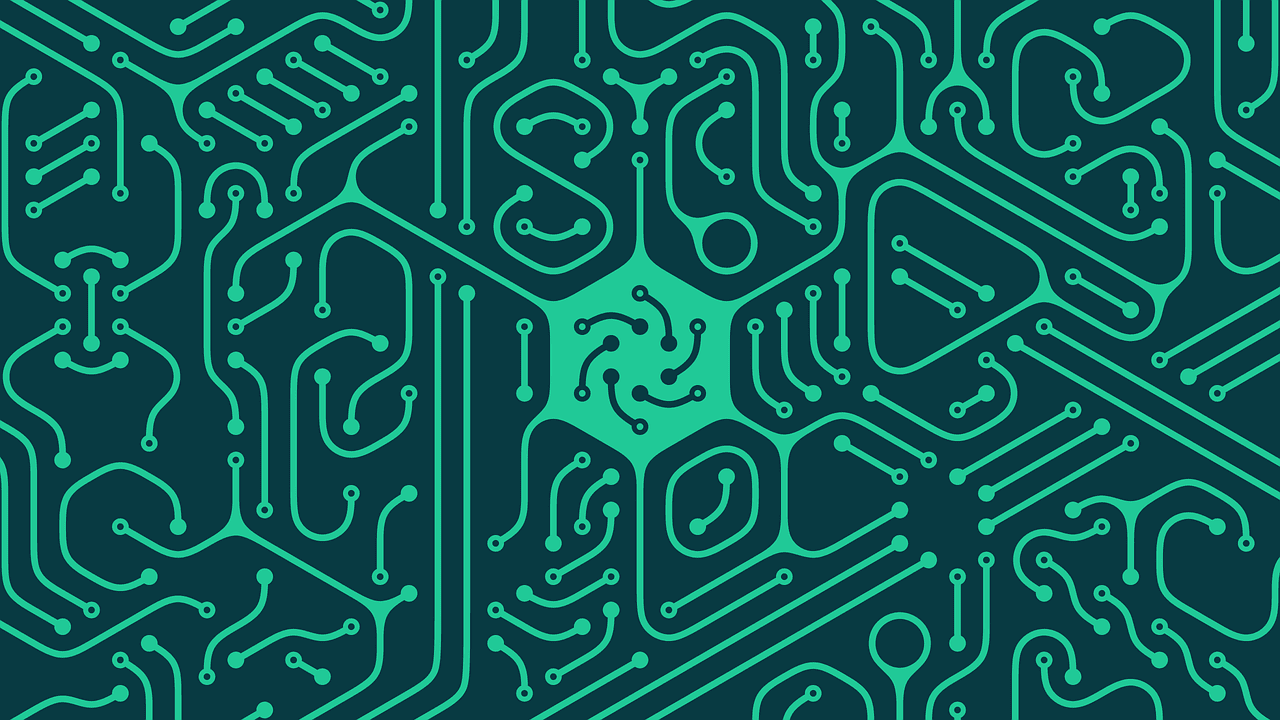Medical imaging is a critical component of modern healthcare, providing essential insights that guide diagnosis, treatment planning, and patient management. The integration of 3D printing technology into medical imaging is transforming the field by enabling the production of patient-specific anatomical models that enhance the visualization, understanding, and surgical planning of complex medical conditions. This convergence of digital imaging and additive manufacturing opens up new avenues for personalized medicine and improved patient outcomes.
The Emergence of 3D Printing in Medical Imaging
Initially used for prototyping in industrial applications, 3D printing has rapidly expanded into healthcare, particularly in medical imaging. This technology allows for the conversion of imaging data from CT scans, MRI, and ultrasounds into detailed three-dimensional physical models. These models can be used by healthcare professionals to better understand patient-specific anatomy, plan surgeries with higher precision, and improve patient and educational communication.

Advantages of 3D Printing in Medical Imaging
Enhanced Visualization: 3D printed models offer a tangible way for doctors to assess and plan for complex procedures, providing a clearer understanding of anatomical structures compared to traditional 2D images.
Customization: Each patient’s anatomy is unique, and 3D printing allows for the creation of models that reflect individual anatomical nuances, enhancing the accuracy of diagnostics and personalized treatment plans.
Improved Surgical Outcomes: Surgeons can use 3D printed models to simulate and practice procedures, which can reduce operation times, minimize surgical risks, and improve outcomes.
Patient Communication and Education: 3D models are invaluable tools for explaining complex medical situations to patients, helping them understand their conditions and treatment options more clearly, which can improve patient satisfaction and compliance.
Key Applications of 3D Printing in Medical Imaging
Surgical Planning: One of the most significant applications of 3D printing in medical imaging is in the planning and execution of surgeries, particularly for complex procedures such as craniofacial reconstructions or cardiac surgeries. Surgeons can plan and practice the surgery on a patient-specific model, reducing intraoperative risks and improving outcomes.
Custom Implants and Prosthetics: 3D printing enables the design and fabrication of implants and prosthetics that perfectly match the patient’s anatomy, derived from their medical imaging data. This customization ensures better integration and functionality of the implants.
Training and Education: Medical students and trainees can benefit from 3D printed models that provide a hands-on approach to studying human anatomy and various pathologies, enhancing their learning experience and preparedness for clinical practice.
Research: In medical research, 3D printed models based on real patient data can be used to study disease mechanisms, test new medical devices, and simulate complex physiological conditions.

Challenges in 3D Printing for Medical Imaging
Accuracy and Resolution: Ensuring that 3D printed models accurately reflect the medical imaging data is crucial. Limitations in printing resolution can sometimes lead to discrepancies between the model and the actual anatomical structures.
Material Properties: The materials used for 3D printing must mimic the diverse properties of human tissues, which can be challenging. Developing multi-material printers that can handle different textures and densities is essential for creating realistic models.
Regulatory and Legal Issues: The use of 3D printed models in clinical settings faces regulatory challenges, particularly in terms of approval for use in surgical planning and the implications for medical malpractice.
Cost and Accessibility: While the cost of 3D printing technology has been decreasing, it can still be prohibitive for some institutions, especially in under-resourced settings. Additionally, the need for specialized equipment and expertise can limit accessibility.
Future Directions in 3D Printing for Medical Imaging
The future of 3D printing in medical imaging looks promising, with continuous advancements in 3D printing technologies, materials, and software expected to enhance its applications. Innovations such as faster printing processes, improved resolution, and the ability to print with a broader range of materials will expand the use of 3D printing in medical imaging. Additionally, increased integration with AI and machine learning could streamline the conversion of imaging data into printable models, improving efficiency and accuracy.
3D printing is set to continue its transformative impact on medical imaging, offering innovative ways to enhance diagnostic precision, surgical planning, and patient care. As the technology evolves, it promises to further refine the capabilities of medical imaging, making healthcare more personalized and effective. With ongoing advancements, 3D printing will increasingly become an integral part of the medical imaging landscape, revolutionizing traditional practices and patient outcomes.








